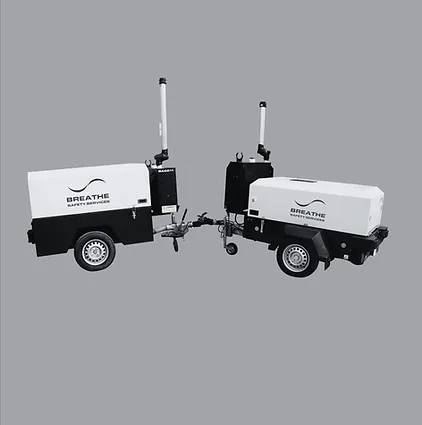Self-Recovery
This is the gold standard. Low or medium risk confined spaces where entrants can get themselves out. All risks have been reduced as far as reasonably practical by using various control measures such as isolations or sufficient ventilation. The ‘likelihood’ of the specified risk/s have been sufficiently reduced.
Assisted Recovery
When a casualty is recovered by a mechanical aid (winch or similar), or another entrant assists getting them to the egress point or to the mechanical aid (also known as ‘snatch rescue’). If snatch rescue forms part of the RAMS, it needs to be clearly defined what the parameters are. A dynamic risk assessment would also need to be carried out at the time to ensure this can be done safely, without jeopardising the safety of other entrants. E.g. if the gas monitor alarms at the same time and other entrants only have escape breathing apparatus, they may not have sufficient air supply to perform a snatch rescue without jeopardising their own safety.
Standby Rescue Team
Please note that the rescue team would only be deployed when the entrants are unable to self-recover (Usually a minimum of three people)
